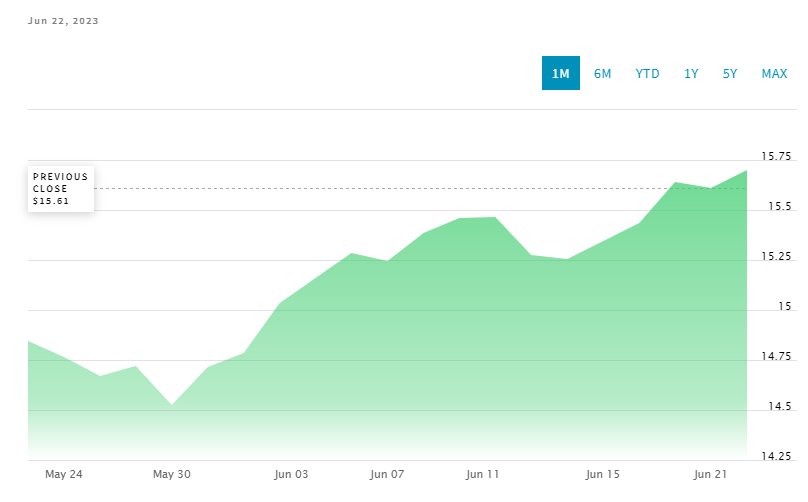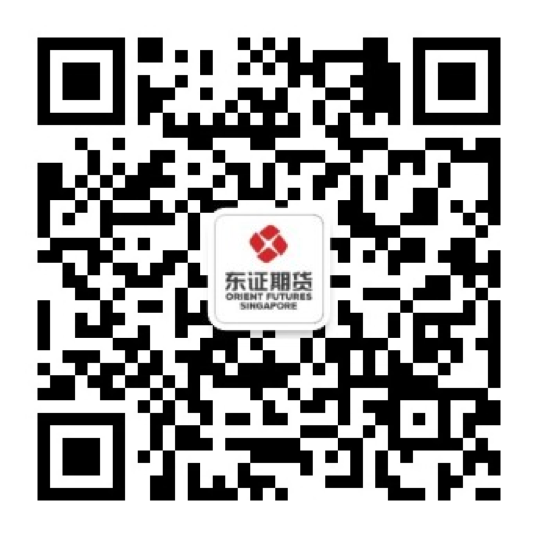
Rough Rice Futures is a commodity that is being traded on the Chicago Board of Trade (CBOT). It offers traders an opportunity to hedge against price fluctuations and speculate on the future value of it.
Understanding the key aspects of Rough Rice Futures is crucial for those interested in this agricultural commodity global trade market. Here are five important things to know about Rough Rice Futures from CBOT.

-
What is Rough Rice?
Rough rice refers to unprocessed rice that still has its husk intact. It is the raw form of rice harvested from the field before undergoing milling and polishing processes. Commonly used in various cuisines worldwide, rough rice is a staple food in many parts of the world and a significant agricultural commodity.
Rough rice is primarily grown in regions across Asia, North America, and Africa, where the climate and agricultural conditions are suitable for its cultivation. Asia stands out as one of the largest producers of rough rice globally. Countries such as China, India, Indonesia, Thailand, and Vietnam have a long history of rice cultivation and play a major role in global rice production.
These countries have favourable climatic conditions and abundant water resources, which create an ideal environment for rough rice farming. Additionally, their rich agricultural heritage contributes to the success and productivity of rough rice cultivation in these regions.
The popularity of rough rice stems from its versatility, affordability, and long shelf life. It can be stored for extended periods without compromising its quality, making it a convenient food source in various regions.
Moreover, rough rice holds significant value in international trade. Major rice-producing countries extensively export and import rough rice, contributing to its status as a significant commodity in global markets.
The widespread consumption and trade of rough rice highlight its importance as a staple food and a vital component of agricultural economies.
Rough rice's popularity as a traded commodity stems from its versatility in culinary applications, affordability, and its ability to withstand long-term storage without compromising its quality. These factors contribute to its high demand and widespread use in various cuisines worldwide.
-
CBOT Rough Rice Futures
The Chicago Board of Trade (CBOT) offers many commodity futures that are up for trade. These commodities include corn, soybeans, soybean oil, and rough rice.
Traders can trade Rough Rice Futures on the Chicago Board of Trade (CBOT) through Orient Futures Singapore.
Orient Futures Singapore is overseas intermediary of Shanghai Orient Futures, and offer trading across many different exchanges, such as Dalian Commodity Exchange (DCE), Shanghai International Energy Exchange (INE), Zhengzhou Commodity Exchange (ZCE), and also Chicago Board of Trade (CBOT).
CBOT Rough Rice Futures Contract Specification
The CBOT Rough Rice Futures Contract has the following specifications:
The Futures Contract has a tick size of $10.00 per contract.
Contract months are Jan, Mar, May, Jul, Sep, Nov.
The last trading day of the contract month is the business day prior to the 15th calendar day of the contract month.
Chicago Board of Trade trading hours are from Sunday to Friday, at these trading hours:
7:00pm - 9:00pm and 8:30am – 1:20pm (Settles 1:15p.m.) CST
CBOT Rough Rice Futures symbol: ZR

-
Rough Rice Supply and Demand
According to a news report by CNBC, rice production has been on a decline since earlier this year. The global rice shortfall for the 2022/2023 period is projected to be 8.7 million tonnes.
This would represent the largest deficit in the global rice market since 2003/2004 when there was a shortage of 18.6 million tonnes.
Factors contributing to the short supply of rice include the ongoing Ukraine-Russian War and adverse weather conditions in rice-producing countries such as China and Pakistan.
Last year, heavy summer monsoon rains and floods affected large areas of farmland in China, the world's largest rice producer. Guangxi and Guangdong provinces, which are major rice production areas, experienced the second-highest accumulated rainfall in at least 20 years.
Similarly, severe flooding in Pakistan led to a 31% year-on-year decline in annual rice production, surpassing initial expectations, as reported by the United States Department of Agriculture (USDA).
The global rice shortfall can be attributed, in part, to factors such as the annual decline in the Chinese harvest caused by extreme heat, drought, and the impact of severe flooding in Pakistan.
Furthermore, the increasing price of other major grains following Russia's invasion of Ukraine in February 2022 has made rice a more attractive alternative. As a result, there has been a surge in demand for rice due to this substitution effect.

Figure 1: Rough Rice Price Chart from 22nd May to 22 June 2023 from NASDAQ
-
Rough Rice Futures Price
According to a CNBC news article, the scarcity of Rough Rice supply has led to an increase in commodity price. A report by Fitch Solutions Country Risk & Industry Research also projected that rice prices would likely stay at their current high levels until 2024 in the futures market.
Chicago Mercantile Exchange CME Group reported that CBOT Rough Rice Futures stands at 15.605 USD/CWT, as of 23rd June 2023.
Trading Economics predicts that the price to rise to 18.11 USD/CWT by the end of this quarter and continue to 19.10 USD/CWT in 12 months’ time.
-
Rough Rice Futures News and Outlook
According to the United States Department of Agriculture (USDA) June report, the projected rough-rice exports from the United States for the 2023/24 season are expected to reach 21.0 million cwt. This is a 17 percent increase compared to the last year. However, this export volume remains the second smallest since 1996/97.
The larger US export forecast can be attributed to expectations of reduced exports from Brazil. This increased supply of US rough rice in the international market can lead to lower prices, as there will be more competition among exporters.
It is noteworthy that most US rough-rice sales are to Latin America, with long-grain rice accounting for most of these shipments.
Start Trading With Orient Futures Singapore
Being an Overseas Intermediary of Shanghai International Energy Exchange (INE), Dalian Commodity Exchange (DCE), and Zhengzhou Commodity Exchange (ZCE), when foreign clients participate in internationalised futures contracts in these Chinese markets with us, they have direct access to trading, clearing, and settlement. Our parent company, Shanghai Orient Futures, is the largest broker in terms of aggregated volume across the five regulated exchanges in China.
Orient Futures Singapore also currently holds memberships at the Singapore Exchange (SGX), Asia Pacific Exchange (APEX), and ICE Futures Singapore (ICE SG). Starting August 2023, corporate clients can also gain access to the B3 Exchange through us.
We provide bespoke services to our professional clients, tailored to their corporate and individual needs. Our team will be there for you 24 hours on trading days to provide a one-stop portal for all your trades, with simple processes and an intuitive user interface that has low or near-to-zero latency.





